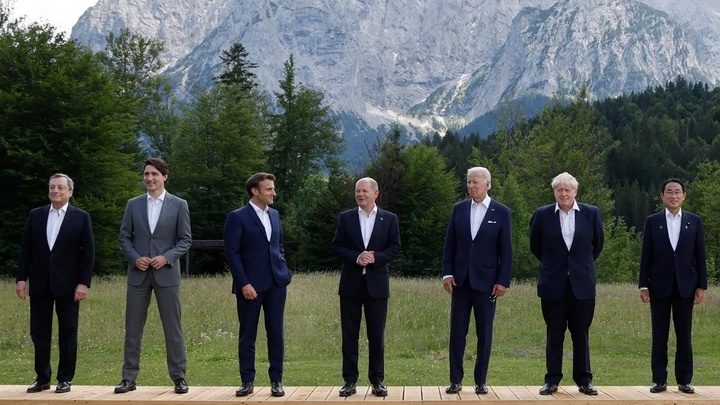A few months ago, I wrote about neckties, as worn by secret agents working for the government as paid assassins. And as worn — or not — by U.S. Presidents.
Probably a silly thing to write about, considering the negligible role that neckties play in Pagosa Springs. In this town, you’re as likely to see a woman wearing a necktie, as a man.
And if you see a man wearing a necktie? Probably a paid assassin.
Apparently, neckties are disappearing from men’s necks all across the country. According to an article by Adam Gopnik posted on The New Yorker website last weekend:
Not long ago, on a Times podcast, [economist] Paul Krugman breezily announced (and if we can’t trust Paul Krugman in a breezy mood, whom can we trust?) that, though it’s hard to summarize the economic consequences of the pandemic with certainty, one sure thing is that it killed off ties.
He meant not the strong social ties beloved of psychologists, nor the weak ties beloved of sociologists, nor even the railroad ties that once unified a nation. No, he meant, simply, neckties — the long, colored bands of fabric that men once tied around their collars before going to work or out to dinner or, really, to any kind of semi-formal occasion. Zoom meetings and remote work had sealed their fate, and Krugman gave no assurance that they would ever come back.
Mr. Gopnik noted that between 1995 and 2008, necktie sales plummeted from more than $1 billion dollars to less than $700 million. So, not dead yet. But maybe on life support.
In a slightly shocking photograph from the 2022 G7 Summit, seven politicians were shown in open collars.

Hard to believe, if I hadn’t seen it with my own eyes. These were some pretty important politicians.
But I do wonder, how many of them will still be in office two years from now?
Maybe this photo was a bad omen.
Anyway, the COVID crisis has seemingly put an end to the era of the necktie. (Along with many other things… including, incidentally, decent pay for journalists.)
But it had a good, long run. (The necktie, I mean… not the decent pay.)
The king of France, Louis XIV, began wearing a lace cravat in 1646 when he was seven years old, starting a fashion craze in Europe, with both men and women wearing strips of fabric around their necks. Yet another thing we can thank the French people for, along with French fries.
In 1922, a New York tie maker, Jesse Langsdorf, came up with a method of cutting the fabric on the bias and sewing it in three segments, thus improving elasticity. Since that time, most American male professionals have worn a “Langsdorf” tie.
At least, they did until 2022.
Unlike the cravat made popular by King Louis XIV, Langsdorf ties — as traditionally cinched, like a noose, around your unsuspecting neck — are ridiculously uncomfortable. Mr. Gopnik likes to view them as the “masculine counterpart” to the even less comfortable fashion requirement forced upon women — high heels. Personally, given a choice, I’d prefer to wear a tie.
But it sounds like I don’t need to, any longer.
Don’t ask me to get rid of my sizable collection of ties, however. Especially the turquoise, paisley-pattern one I used to wear to the office back in the late 1980s. I have directed my family, that’s the tie I want to be wearing at my funeral.
Which is really the only place a tie should be worn, nowadays.
Underrated writer Louis Cannon grew up in the vast American West, although his ex-wife, given the slightest opportunity, will deny that he ever grew up at all. You can read more stories on his Substack account.

